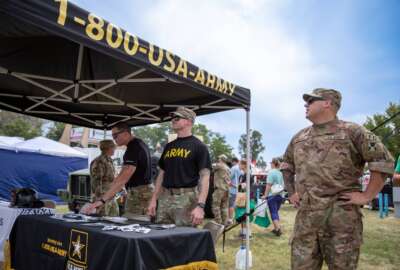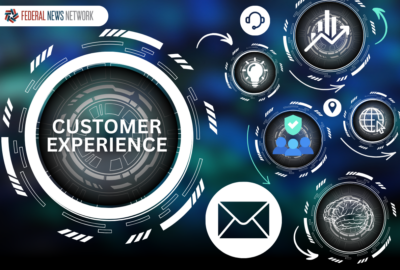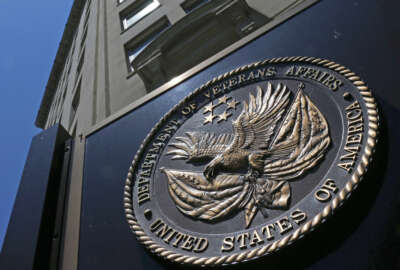Sponsored by Maximus
Army adopting HR customer experience framework
Before undertaking this effort, HRC had internal discussions about how they would define the difference between customer service and customer experience.
The Army is looking to improve its customer experience in human resources services by expanding the focus from the individual experience to what they have defined as a holistic approach.
The Army Human Resources Command (HRC) is broadening its thinking around customer service to include a modern approach to meeting their customer needs by creating a customer experience framework.
“What the framework does is it allows us to align our people, our processes and our technologies for very strategic or intentional strategic objectives … a framework that gives us a foundation for moving forward and keeping things aligned with our customer needs,” said Jennifer Locke, the lead customer experience management analyst for the Army Human Resources Command Innovation Center, on Federal Monthly Insights – Customer Experience in the Department of Defense.
Army HRC serves a customer base of active-duty soldiers, reservists, National Guard members, veterans and their civilian families. Veterans make up the largest population of the group. While each customer group has individual needs, some issues, like pay, are common among all populations.
“Active soldiers most often contact us at HRC with questions around their career management and their assignments. For our veteran population, their focus is usually on records requests and getting additional information for some of their personal needs,” Locke said.
Customer service vs. customer experience
Before undertaking this effort, HRC had internal discussions about how they would define the difference between customer service and customer experience.
“Customer service is a baseline of incremental interactions, service touch points … customer experience, more broadly is a series of interactions that a customer has with an organization, in this case, HR Command,” she said.
HRC defines the parameters of people, processes and technology as the three influencers that serve as “avenues or tools that we use to reach the outcomes that we desire from a customer experience perspective,” Locke said on the Federal Drive with Tom Temin.
These influencers form the basis of measuring success, and the use of data for creating roadmaps for continuous improvement activities and the introduction of new processes and technologies. HRC is taking advantage of customer feedback, performance related data and operational sources to identify and mitigate obstacles and provide real-time improvement. This marks a shift from reactive responses to the customers to a more proactive approach to their needs.
Technological modernization
Army Human Resources Command is leaning toward self-directed service, much like those available to active-duty soldiers, reservists and National Guard members in the Integrated Personnel and Pay System – Army (IPPS-A). IPPS-A allows users to conduct a series of functions not limited to updating personal information, submitting and tracking personnel actions and viewing promotion points.
Locke said that “those self-directed resources and tools are usually where you see the more omni-channel, bot-driven, AI-driven components that are just accessible at any time. So, that’s where we’re going to focus first … and then it will expand out from the Army Service Center into the other directorates.”
Those directorates include the Adjutant General Directorate that manages awards and decorations and special pay, and the Talent Alignment and Development Directorate that does career management and assignments for active duty.
HRC plans to introduce new tools that will provide the same level of service for veterans and civilian family members as IPPS-A provides for active duty. The new technology would expand services beyond the current offerings through the Army Service Center, which is currently limited primarily to phone calls and inbound emails.
Locke said she is excited for the project moving forward.
“The concept of a customer experience framework is still relatively new to HRC,” she said. “We’ve started to build out our soldier experience mission and our soldier experience support for HRC. It’s really going to be a great partnership in the coming months, as we further communicate and educate the HRC workforce and leaders on how what they do every day and how they do it is helping them broaden their perspective and get excited about how what they do, and how it will positively preserve the future of the all-volunteer force.”
Copyright © 2024 Federal News Network. All rights reserved. This website is not intended for users located within the European Economic Area.
Michele Sandiford is a digital editor at Federal News Network.






